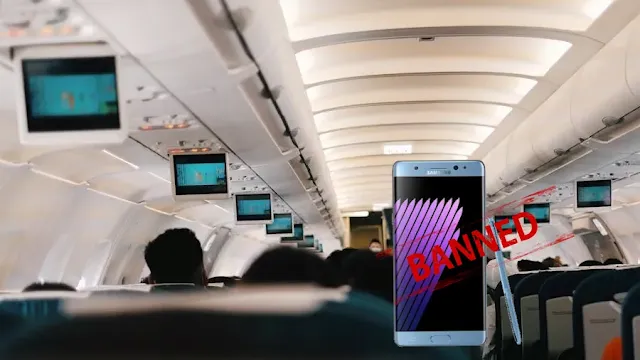During a turbulent flight to London last year, I struggled with ear discomfort as the plane descended. A fellow passenger suggested stuffing cotton in my ears, claiming it eased their ear pressure. Curious, I decided to investigate whether this travel hack holds up. Below, we explore the science behind ear pressure, the effectiveness of cotton, and the best ways to protect your ears while flying.
Table of Contents
- Understanding Ear Pressure Changes
- The Theory Behind Cotton in Ears
- What Does the Evidence Say?
- Benefits of Cotton Beyond Pressure Relief
- Precautions When Using Cotton
- Alternative Ear Protection Methods
- Frequently Asked Questions
Understanding Ear Pressure Changes
Ear discomfort during flights stems from rapid cabin pressure changes affecting the Eustachian tube, a small passage connecting the middle ear to the throat. As the plane ascends or descends, the external air pressure shifts faster than the middle ear can equalize, causing a sensation of popping or fullness. According to the Mayo Clinic, this condition, known as airplane ear or barotrauma, is common but usually harmless.
The Theory Behind Cotton in Ears
Some travelers believe cotton balls in the ears create a barrier that slows pressure changes, allowing the Eustachian tube to adjust gradually. Others suggest cotton absorbs moisture in the ear canal, reducing irritation. However, this theory lacks robust scientific backing, as cotton is porous and unlikely to form an airtight seal.
What Does the Evidence Say?
No peer-reviewed studies confirm cotton’s effectiveness for managing ear pressure during flights. The WebMD notes that techniques like the Valsalva maneuver (pinching the nose and gently blowing) or using decongestants are more reliable. However, anecdotal reports from travelers suggest cotton may provide a placebo effect, reducing perceived discomfort for some.
Benefits of Cotton Beyond Pressure Relief
While cotton may not regulate pressure, it offers other potential advantages:
- Noise Reduction: Cotton slightly muffles cabin noise, such as engine hum or crying babies, creating a calmer environment. For better results, consider specialized earplugs designed for noise reduction.
- Basic Ear Protection: Cotton may act as a barrier against airborne particles or germs, potentially beneficial for those prone to ear infections, though it’s not a medical-grade solution.
Precautions When Using Cotton
Using cotton in your ears requires caution to avoid complications:
- Hygiene: Always use clean cotton and wash your hands before insertion to prevent bacterial infections, as advised by the CDC’s travel health guidelines.
- Comfort: Insert cotton gently and remove it if it causes irritation or feels lodged. Never push it too deep into the ear canal.
- Medical Conditions: Consult a doctor if you have ear infections, perforated eardrums, or other ear issues before using cotton.
Alternative Ear Protection Methods
If cotton doesn’t suit you, try these proven methods to ease ear discomfort:
- Earplugs Designed for Flying: Products like EarPlanes, available on Amazon, regulate pressure with filtered vents.
- Valsalva or Toynbee Maneuver: Pinch your nose and blow gently or swallow with your nose pinched to open the Eustachian tube.
- Chewing or Yawning: These actions stimulate saliva production and jaw movement, helping equalize pressure naturally.
- Decongestants: Over-the-counter nasal sprays or oral decongestants, taken before the flight, can reduce congestion, per American Airlines’ travel tips.
Conclusion: Should You Use Cotton?
Using cotton in your ears during flights is a low-cost, low-risk option that may offer mild comfort for some travelers, likely due to a placebo effect or slight noise reduction. However, it’s not a scientifically supported solution for ear pressure. For optimal ear protection, consider specialized earplugs, maneuvers like Valsalva, or decongestants. Experiment safely to find what works best for you, and always prioritize hygiene. Safe travels!
Frequently Asked Questions
How do I protect my ears when flying?
Use specialized earplugs like EarPlanes, perform the Valsalva maneuver, chew gum, or take decongestants to manage ear pressure.
Is it okay to put cotton in your ears?
Cotton is safe if clean and used gently, but it’s not effective for pressure regulation and may only provide minor noise reduction.
What do you wear in your ears on a plane?
Travelers often wear filtered earplugs designed for flying or noise-canceling earbuds for comfort and pressure management.
Is it a good idea to wear earplugs on a plane?
Yes, earplugs designed for air travel, like EarPlanes, are effective in regulating pressure and reducing noise.
How to stop ears hurting on a plane?
Try yawning, swallowing, using decongestants, or wearing pressure-regulating earplugs to alleviate ear pain during flights.
What is the best ear protection while flying?
Filtered earplugs, such as EarPlanes, combined with maneuvers like Valsalva, offer the best protection against ear pressure and discomfort.
Explore these resources for your next flight:









